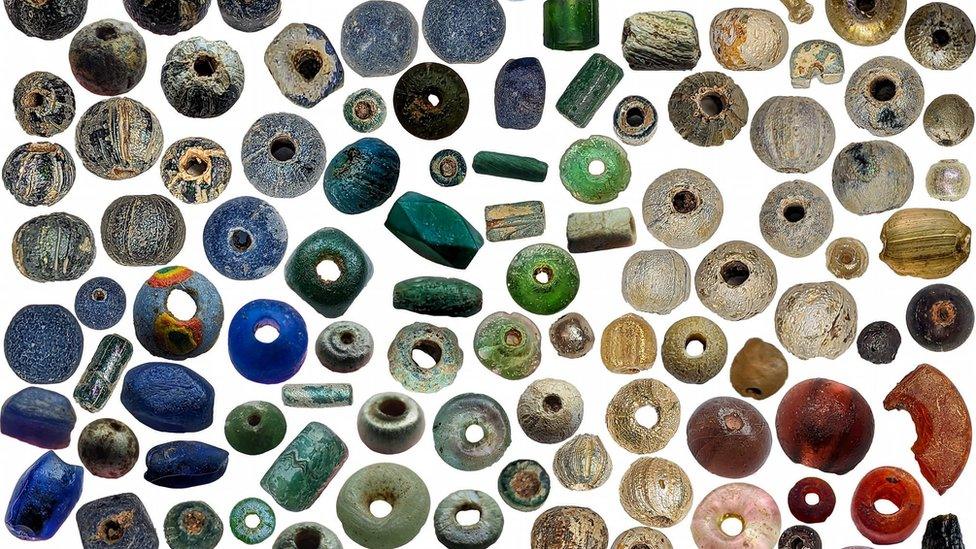Mystery of 'Roman stones' missing from roundabout
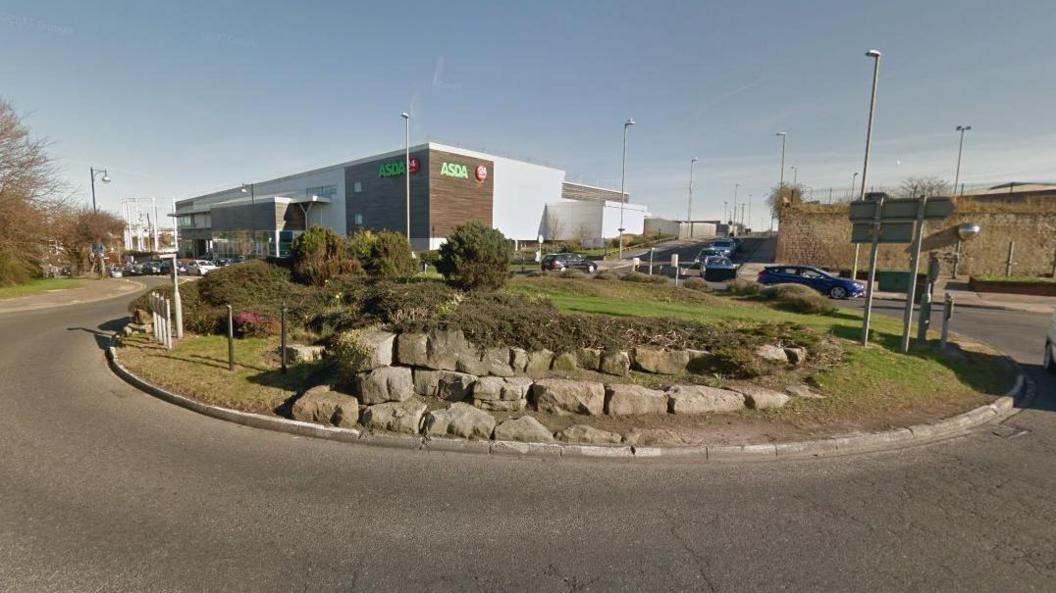
The stones were displayed on Mill Dam roundabout in South Shields for decades
- Published
For decades a seemingly mundane roundabout in a seaside town had been a source of pride for those in the know.
The Mill Dam roundabout in South Shields, South Tyneside, was home to a collection of stones believed to have been made by the ancient Romans.
But one day in 2018, the stones disappeared.
Amateur historian Luan Hanratty has called for answers about why the stones were removed and where they have ended up.
He believes the stones were the perfect size to have been part of a large dock and resemble other historic stones in the area.
"In a way, I hope they're not Roman because if they were, and they've been lost or broken up into rubble, that would be gut wrenching," Mr Hanratty said.
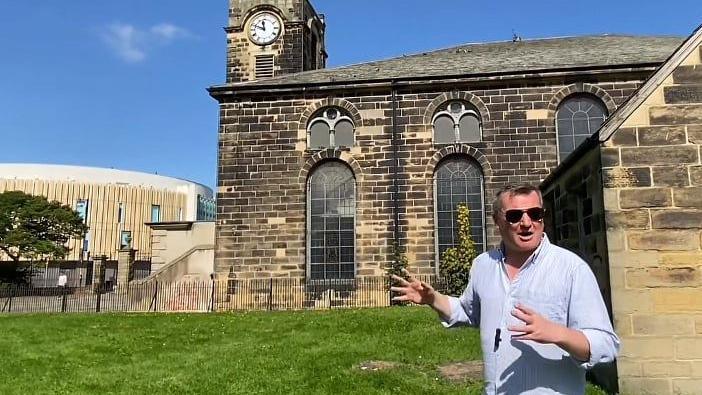
Amateur historian Luan Hanratty wants answers about where the stones have gone
The stones were registered on the Historic Environment Record (HER) after they appeared in a 1999 newsletter article by the Northern Archaeology Group.
The article stated the author had "observed several classic Roman features" in the stones, including Lewis holes, which were used by Roman cranes to lift heavy objects.
But Mr Hanratty's interest in the fate of the stones was renewed when the official record was updated four years after they went missing.
"I noticed the HER had been edited to say the stones are now lost and someone has deemed them not Roman anymore, even though they had been deemed Roman for years," he said.
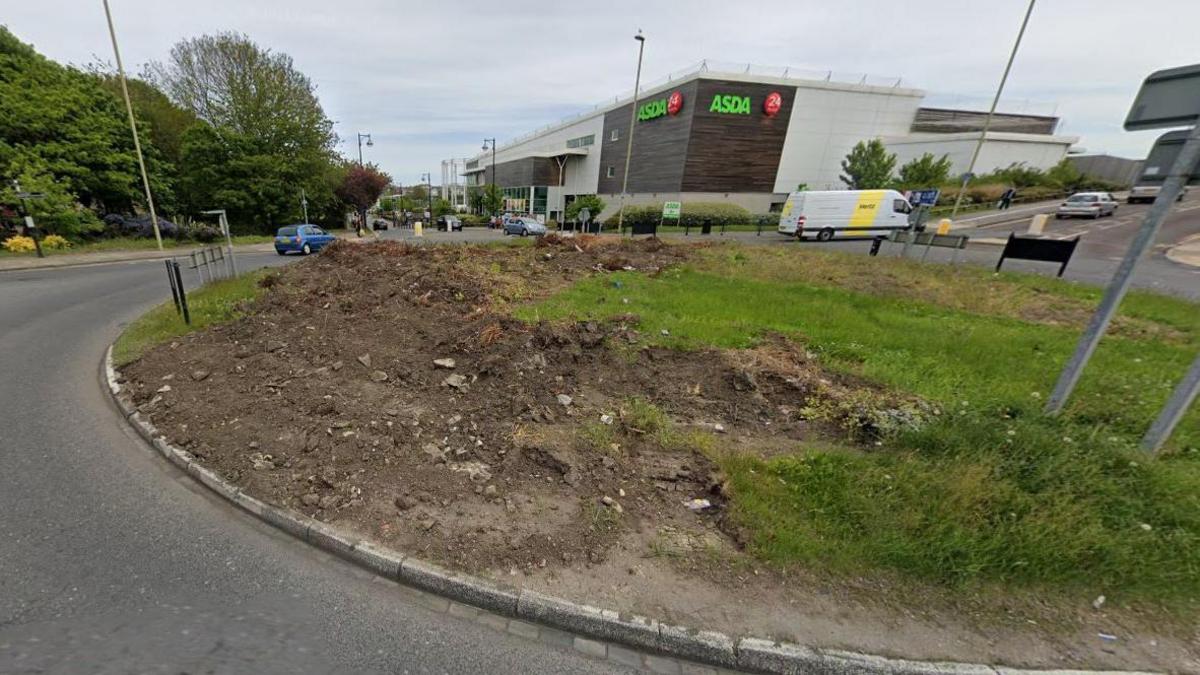
The stones were removed from the roundabout in 2018
So, why were the records changed?
Rachel Grahame, Tyne and Wear archaeology officer, thinks she can provide some answers.
Ms Grahame was the person who updated the records after she examined photos of the stones and found there was "nothing distinctly Roman" about them.
"The roundabout looks to have been put in in the post World War Two period, adjacent to a heavily industrialised landscape to the west," she said.
"Large stones from quarries and demolished Victorian buildings were very typically reused as a decorative element in public spaces in the later 20th Century."
She added the presence of Lewis holes did not prove the stones were Roman, as the same technique had been used since then.
Ms Grahame also believes an archaeological report from 2018 might explain why the stones were removed.
"The report says a new power supply was put across the roundabout, so I would guess they removed the stones to put the cable trench in, and then disposed of them," she said.
But there is one question Ms Grahame cannot answer - where are the stones now?
Or, as Mr Hanratty put it: "Have these ended up in someone's garden?"
If they have, they might not be as interesting as their new owner believes.
Follow BBC North East on X, external, Facebook, external, Nextdoor and Instagram, external. Send your story ideas to northeastandcumbria@bbc.co.uk.
Related topics
More stories from BBC North East and Cumbria
- Published21 September 2024
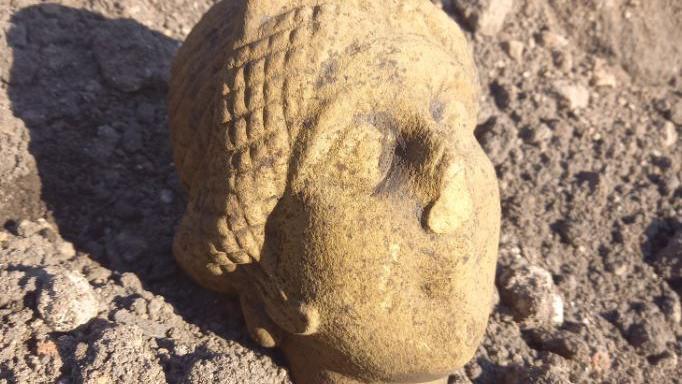
- Published20 September 2024
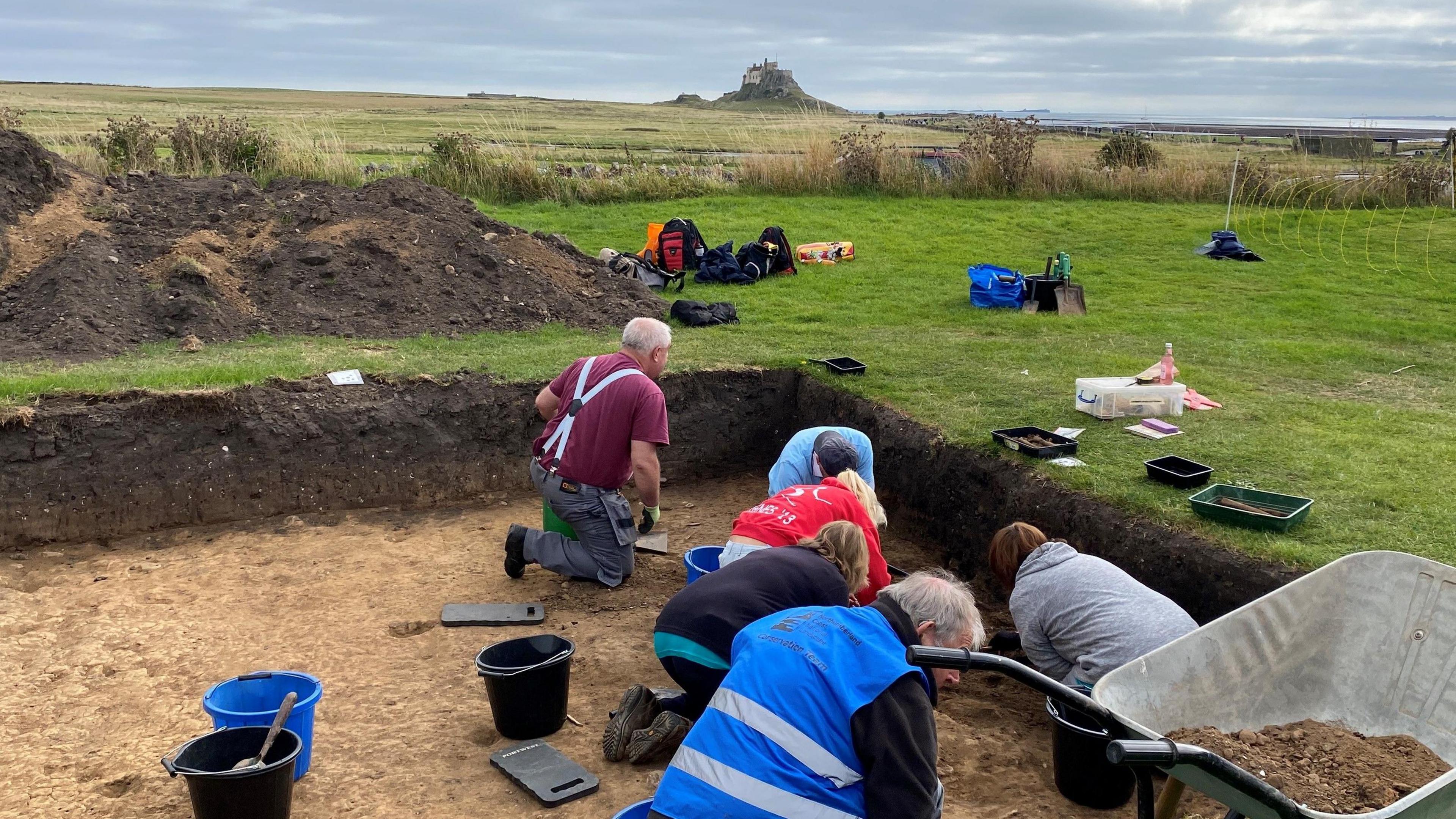
- Published29 July 2023
